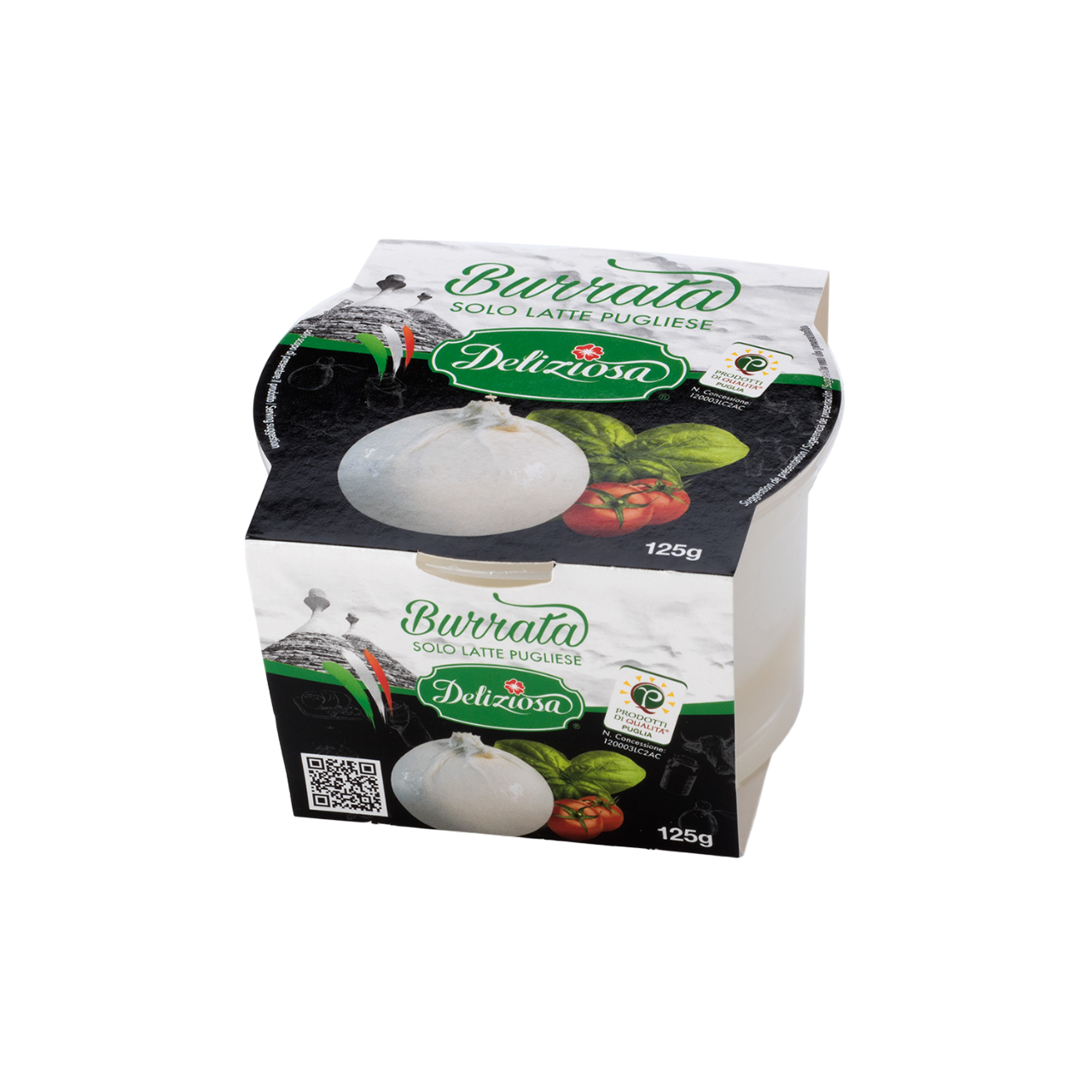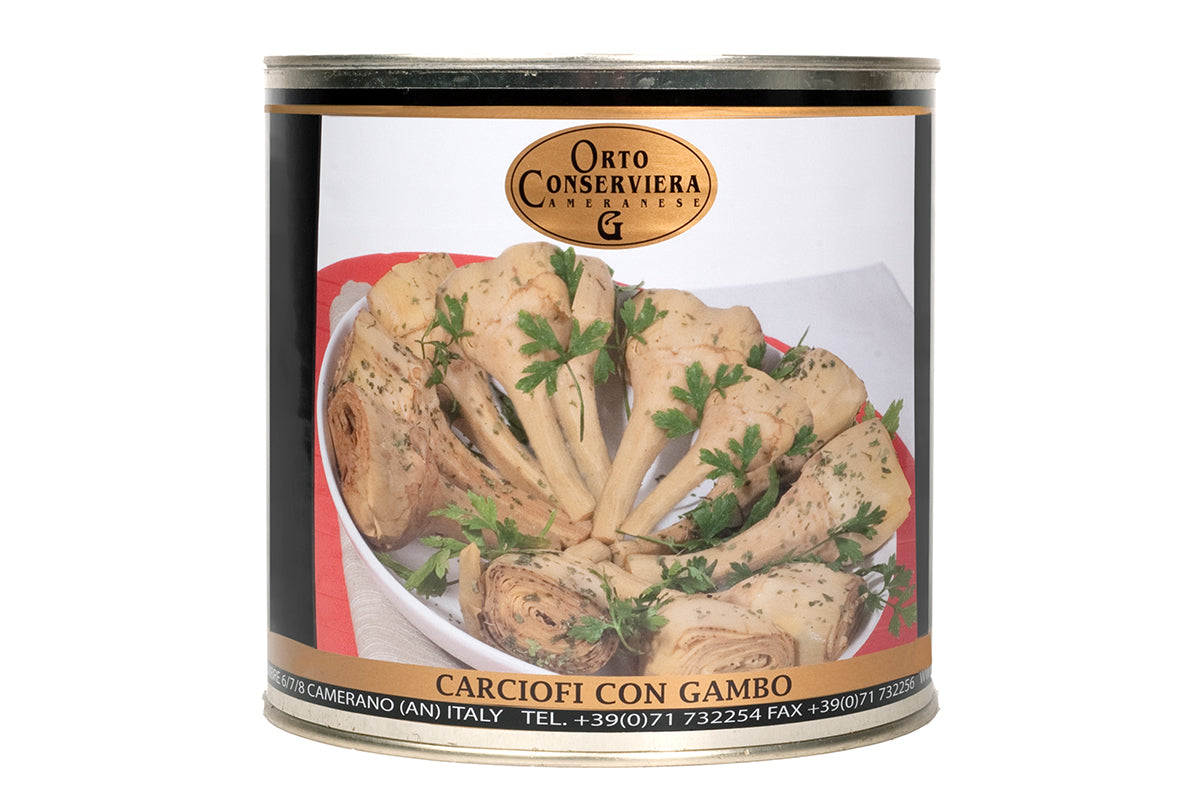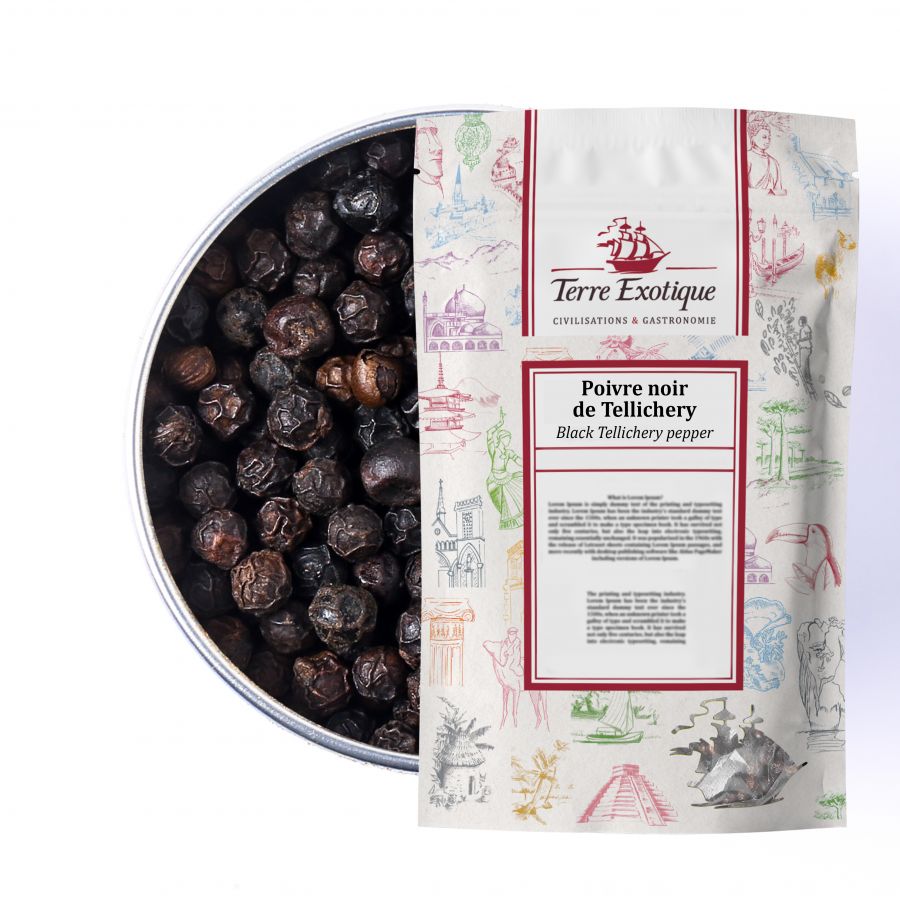A very potent chilli, it is commonly used in Mexico, the Caribbean, and Reunion Island. Its delicate smell of dried apricot and floral flavors will charm your taste buds and enhance your sauces, dishes, and even your beverages. Scoville scale: 10/10 (explosive).
Some recommendations regarding habanero chilli pepper
Avoid handling it with bare hands. Use gloves to prevent any contact with mucous membranes, especially the eyes. Handle it delicately.
Our suggestions to enhance your dishes with habanero chilli pepper
Habanero chilli pepper is widely used in Mexican, Caribbean, and Reunion Island cuisine. Indeed, it can be integrated into many everyday preparations. Depending on the level of spiciness you desire, you can let it infuse in your dishes, which will surely awaken your taste buds.
In Mexico, it is frequently used to infuse alcohols such as Tequila or Mezcal. You can also rub it on foods, allowing its delicious aroma to spread and enhance your preparation.
Habanero chilli pepper is also used in chili sauce, tomato sauce, broths, and mayonnaise-based sauces. However, it's essential to use it sparingly.
The Aromas of Habanero Chilli pepper
Habanero chilli pepper is very potent. While it sets your taste buds on fire, it also awakens the flavors. This chili has a surprising smell of dried apricot and a lemony flavor with powerful floral aromas that make it so distinctive.
Powerful, fiery, and scorching, habanero chilli pepper was considered the world's hottest chilli pepper until 2006. It has been given various nicknames, highlighting the intensity of its power. For example, on the island of Madagascar, it is called Tsilandimilahy, which means "five men can't finish it." It is also nicknamed "seven pots" because a single chilli pepper can spice up seven pots of food. Its spiciness ranks at 10/10 (explosive) on the Scoville scale.
The Origins of Habanero Chilli pepper
Botanical Origin of Habanero Chilli pepper
The botanical name of habanero chilli pepper is Capsicum chinense, and it belongs to the Solanaceae family, like many other peppers.
Geographical Origin of Habanero Chilli pepper
Habanero chilli pepper originates from the Yucatan state in Mexico, renowned for its paradisiacal beaches. However, its name is derived from the Cuban city of Havana, even though it has no connection to the origin of habanero chilli pepper. The Yucatan province still ensures the production of this chilli pepper, but it is also cultivated in other regions of the world, such as Belize, Costa Rica, Panama, and the southern United States.
Tracing the Habanero Chilli pepper
Habanero chilli pepper is the oldest cultivated plant in America. For 9000 years, it has been growing in this botanical paradise, alongside vanilla and chocolate. It is said that the Aztec emperor Moctezuma drank an energy elixir made from cocoa, vanilla, spices, and chili. Today, chili remains an essential ingredient in Mexican, African, and Asian cuisines.
Christopher Columbus was the first to bring this spice to Queen Isabella of Castile, but it was Magellan, during his heroic circumnavigation of the globe, who spread this chili to the four corners of the planet. Moreover, Mexican cuisine has been inscribed on UNESCO's list of intangible cultural heritage since 2010.









